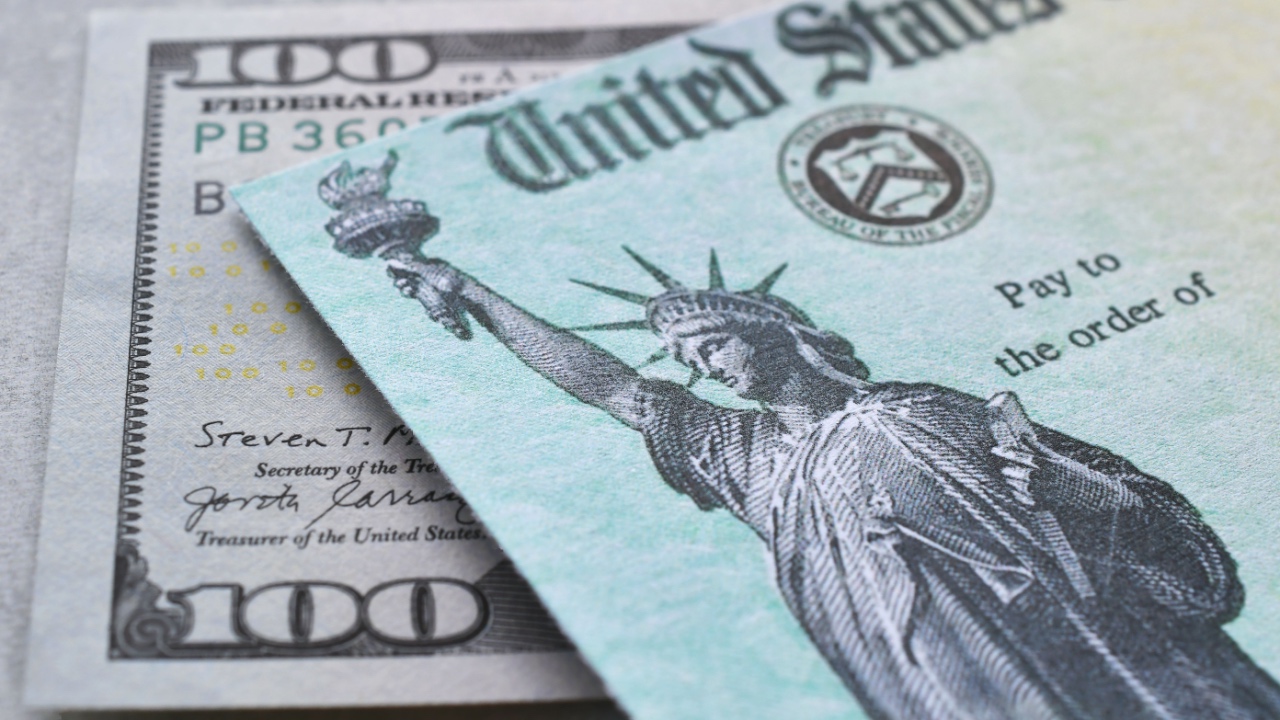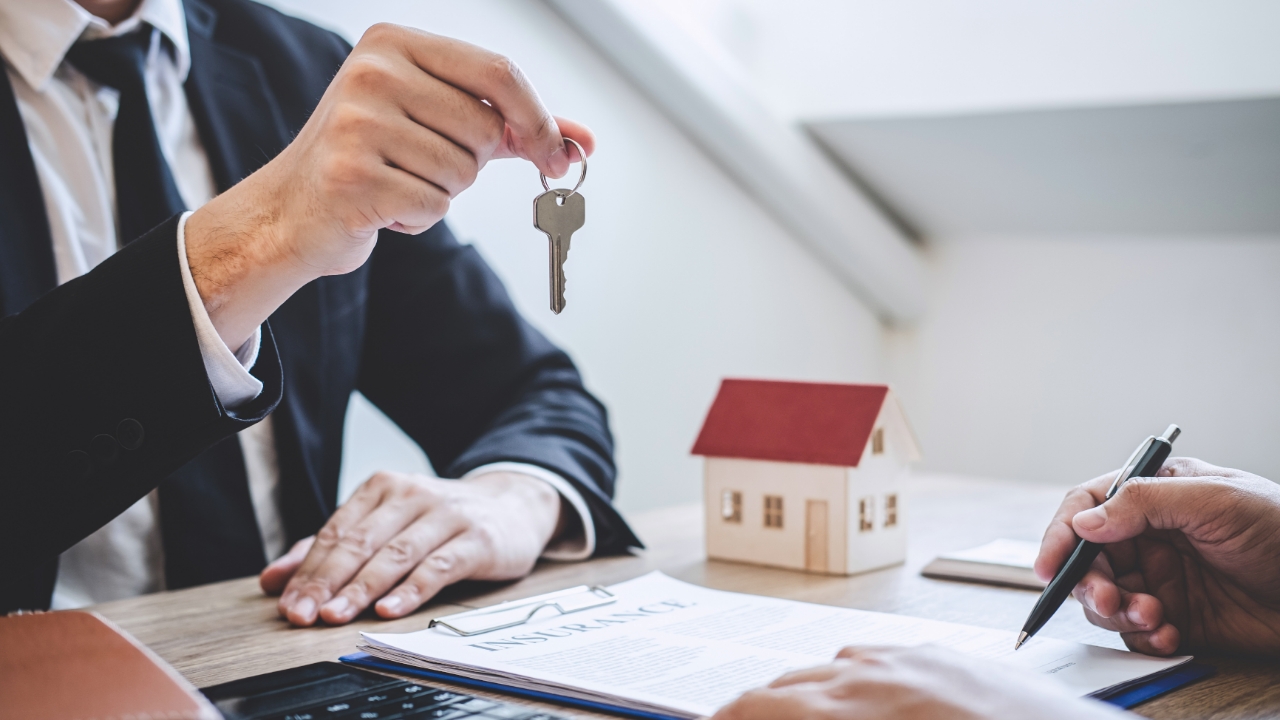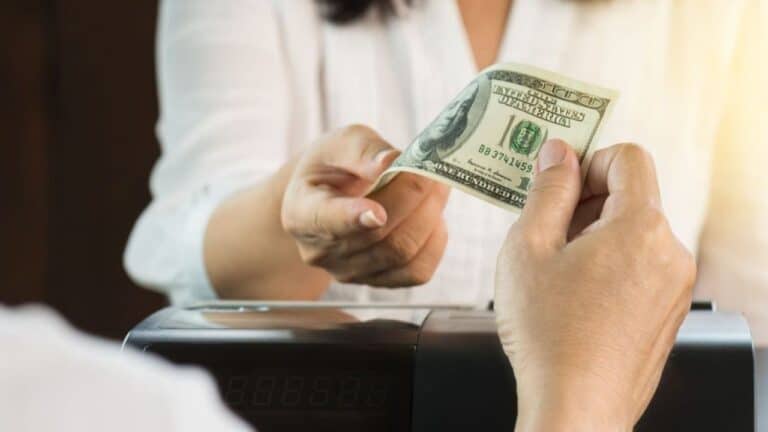Looking to Buy a Home Soon? How to Boost Your Down Payment Savings

Buying a home is expensive and it all starts with a down payment. If you find yourself falling short, you’re not alone, but there are plenty of solutions.
Most mortgage lenders require no more than 3% down, but that will typically come with a mortgage insurance requirement. Larger down payments can also lower your interest rate, not to mention your monthly payments. So how do you go about boosting your down payment savings?
Top-rated advisors recommend investing your money in one of these types of accounts to grow it.
Certificate of Deposit

Certificates of deposit, or CDs, are a good solution for short-term investing, but the lengths may vary. Make sure you know which one you’re signing up for, such as a six-month certificate or one that will mature years later. The former will boost your down payment quickly, the latter, not so much. You could easily grow your money by 3% to 5%. The top 1% average 5.14% as of November 11, 2024.
You can purchase a CD through a brokerage account or local bank. Talk to a representative about your options, including whether or not penalties are involved.
High-Yield Savings Accounts

If you’re willing to hold out a year before purchasing a new home, you could earn around 4% in a high-yield savings account, though some have lower or higher interest rates, depending.
Putting money away for a year ensures your balance will have time to grow. The top 1% average 4.66% as of November 11, 2024.
Treasury Bills

Treasury bills are often overlooked, which is a shame, because they can net some decent interest growth. They’re also good for short-term gain, because you can invest in one for as little as four weeks. The longest investment is a year and the yield is more than 4%.
Another upside to treasury bills is they are only subject to federal taxes. They are also backed by the federal government, so there’s no risk and a guaranteed return.
Money Market Funds

If you’re looking for a relatively low risk, money market funds offer a way to build up your current cash reserves. It’s better to hold them in a bank, however, so you don’t lose coverage, because they are not insured by the FDIC.
The top 1% average 4.33% as of November 11, 2024.
How Much Will You Have to Put down on a House?

The answer to this varies on several factors. Initially, your income and credit will paint a picture to the lender of what you can comfortably afford. However, you can always opt to buy more house, if you want, with a larger down payment.
In fact, this is why some people insist on putting more down, so they can afford more and expand their options. Typically, 3% to 5% is acceptable, 20% is traditional, but there are other options on the table, too. Your lender or broker can go over all of the details with you.
Is There a Good or Bad Time to Buy?

Buyers definitely have a better chance of scoring a deal during a buyer’s market, where there are more sellers than buyers, but it’s not impossible to find a home during a seller’s market, either. The competition will just be fiercer, which could result in the buyer paying more money for a home.
If you can wait it out during a seller’s market, because it eventually will turn, you’ll have more options available.





